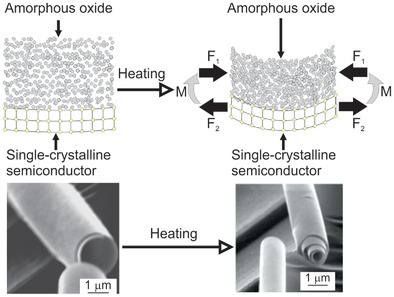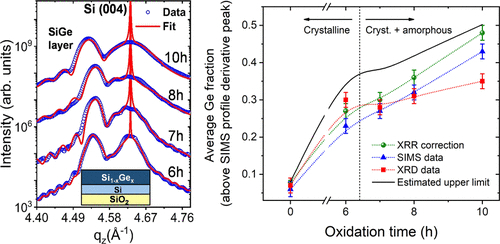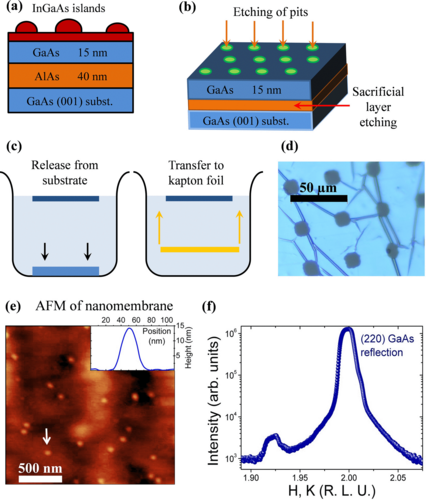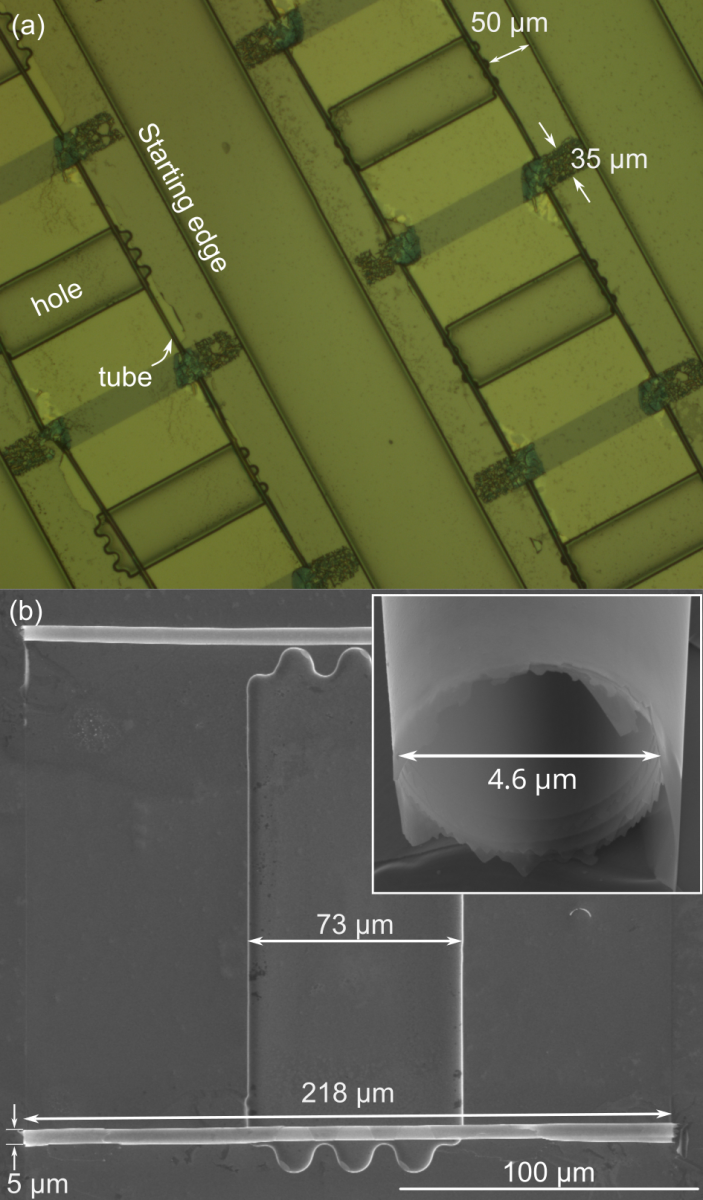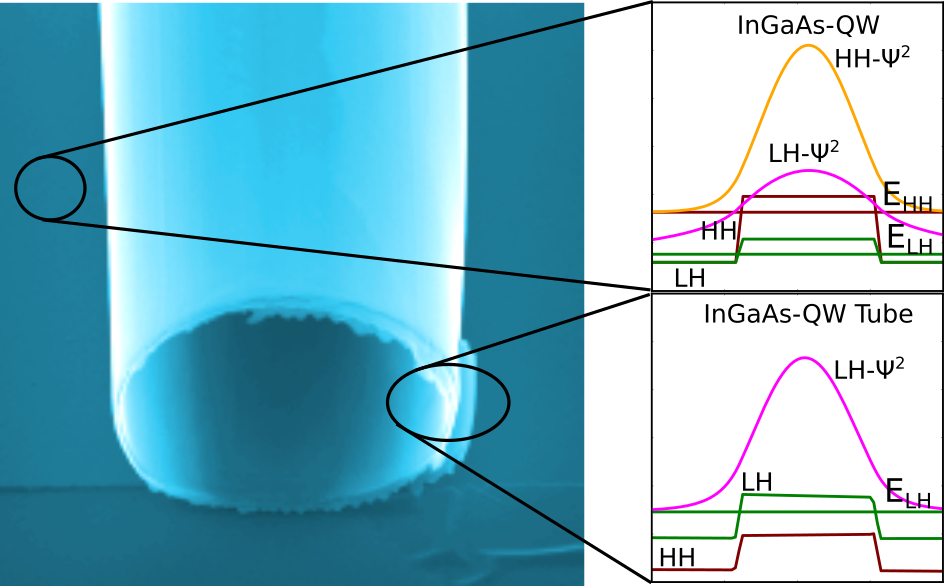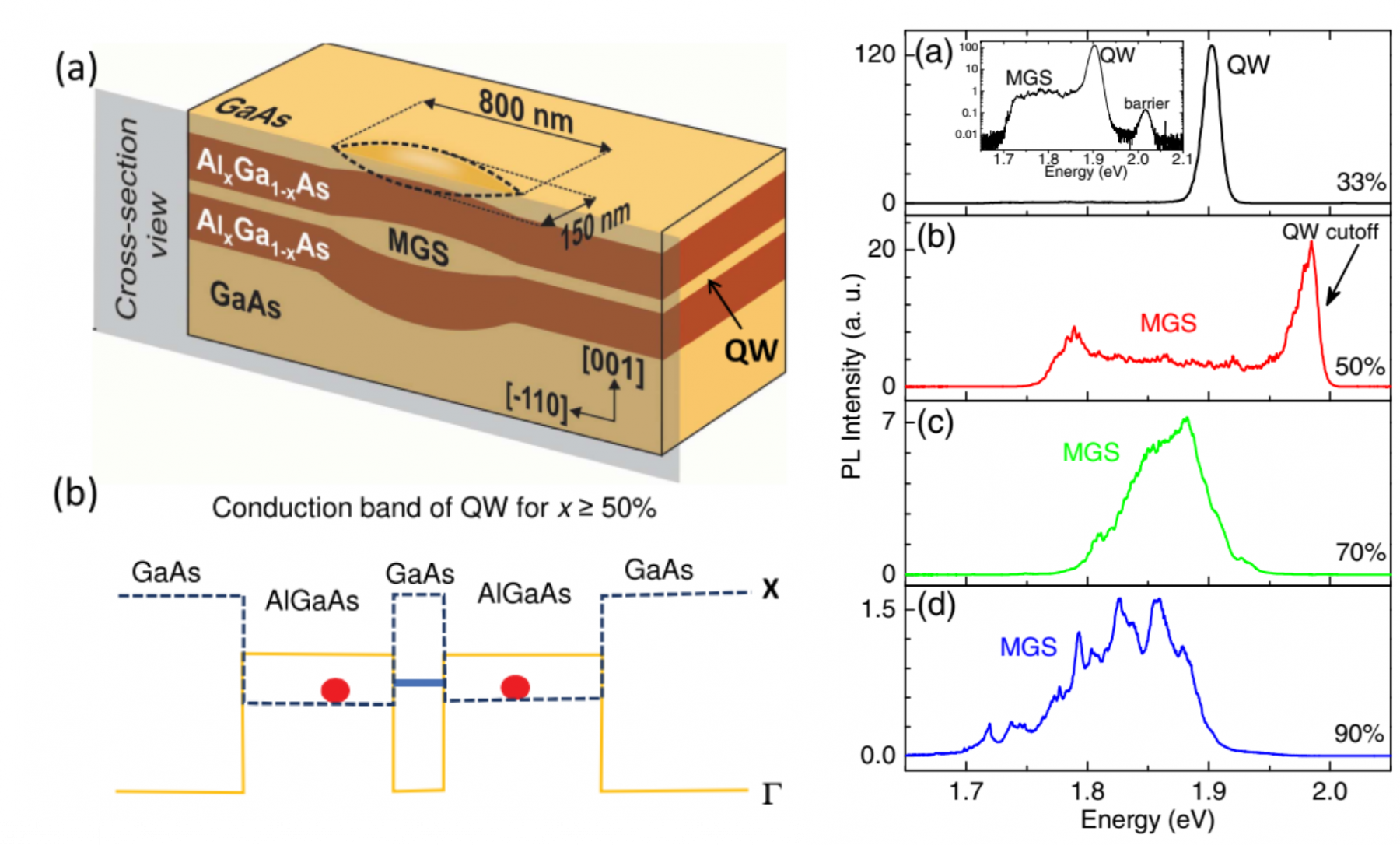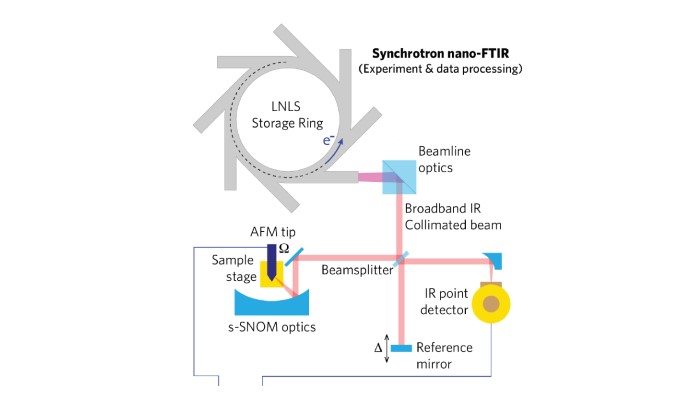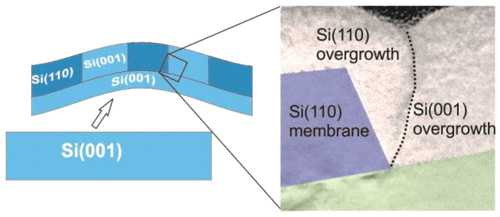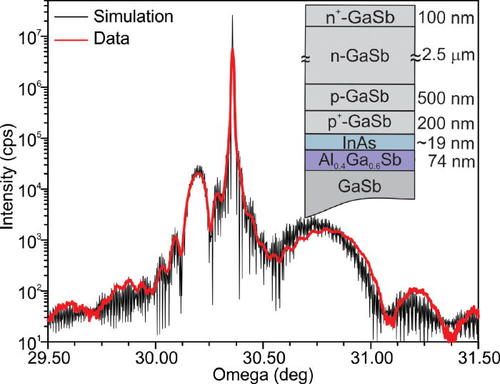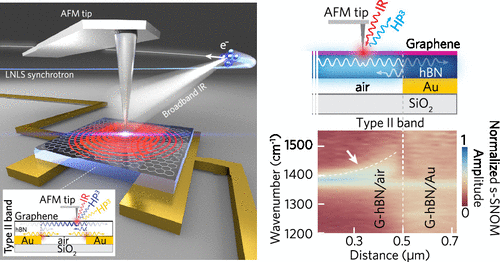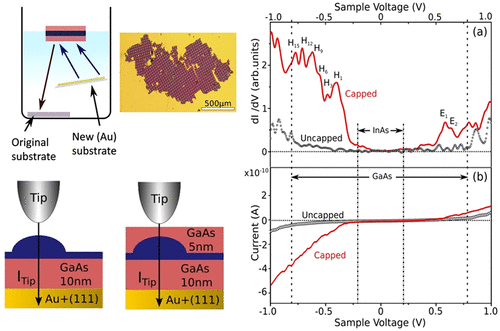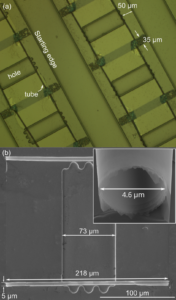 Our paper “Review: using rolled-up tubes for strain-tuning the optical properties of quantum emitters” is out.
Our paper “Review: using rolled-up tubes for strain-tuning the optical properties of quantum emitters” is out.
Rolled-up tubes based on released III–V heterostructures have been extensively studied and established as optical resonators in the last two decades. In this review, we discuss how light emitters (quantum wells and quantum dots) are influenced by the inherently asymmetric strain state of these tubes. Therefore, we briefly review whispering gallery mode resonators built from rolled-up III–V heterostructures. The curvature and its influence over the diameter of the rolled-up micro- and nanotubes are discussed, with emphasis on the different possible strain states that can be produced. Experimental techniques that access structural parameters are essential to obtain a complete and correct image of the strain state for the emitters inside the tube wall. In order to unambiguously extract such strain state, we discuss x-ray diffraction results in these systems, providing a much clearer scenario compared to a sole tube diameter analysis, which provides only a first indication of the lattice relaxation in a given tube. Further, the influence of the overall strain lattice state on the band structure is examined via numerical calculations. Finally, experimental results for the wavelength shift of emissions due to the tube strain state are presented and compared with theoretical calculations available in literature, showing that the possibility to use rolled-up tubes to permanently strain engineer the optical properties of build-in emitters is a consistent method to induce the appearance of electronic states unachievable by direct growth methods.
Gabriel Gomes, Marcos L F Gomes, Saimon F Covre da Silva, Ailton Garcia Jr, Armando Rastelli, Odilon D D Couto Jr, Angelo Malachias and Christoph Deneke
Nanotechnology 34, 412001 (2023)
DOI: 10.1088/1361-6528/ace4d1

